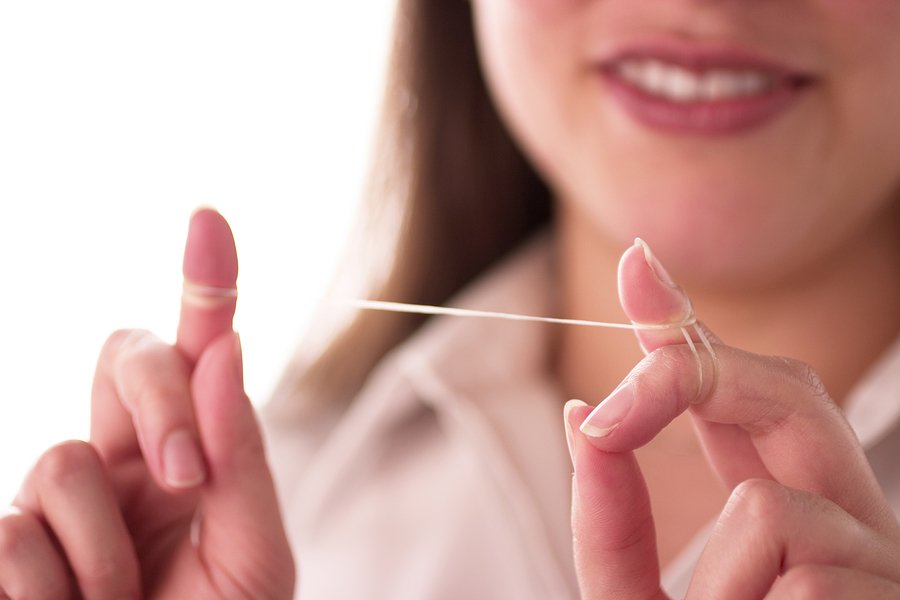It’s important to regularly floss to eliminate cavity-causing plaque and food particles. But, how do you know which floss to choose? Here is your guide for choosing a floss that will help protect your oral health without hurting your gums.
The Importance of Flossing
While it’s important to brush twice a day; this isn’t always enough. According to the American Dental Association (ADA), cleaning between your teeth is an important part of removing debris and dental plaque that collects between teeth. Regular use of dental floss can help clean those hard-to-reach areas and reduce the risk of gum disease and tooth decay.
Is There One Right Choice?
These days, there are a variety of different types of floss available at your local grocery of drug store. Despite what you might see on television or online advertisements, however, no one floss is superior to another. When it comes to choosing a floss that will effectively clean your teeth, your choice should center on your unique preferences and needs.
In general, an effective floss is one you are willing to use. If mint flavoring will make you more likely to use a particular floss, then this floss is a superior choice from your perspective. With that said, there are a few other considerations you may want to factor in when selecting a floss.
If you have especially large gaps between your teeth, you might have better results with a tape floss. If your teeth are especially crowded, on the other hand, a waxed floss might be a better choice. If you’d prefer to avoid a mess, disposable flossers might make more sense. If you have braces, a spongy floss may be a preferable way to supplement your floss threader.
Things to Consider
No matter what type of floss you choose, it’s important to look for the ADA seal of approval to verify that the product has been tested for both safety and efficacy. The ADA is an association of professional U.S. dentists who are committed to ethical dental practice, oral health and scientific progress. If a product does not have an ADA seal of approval, you have no way of knowing whether it has been tested in any way.
In addition to ensuring that your floss has the ADA seal of approval, you should make sure you are flossing correctly. To make sure you get the most out of your time flossing, review the ADA’s recommendations for proper flossing technique.
You should also focus on making flossing a regular part of oral health routine. In general, it’s best to floss at least once per day. That said, if your teeth tend to accumulate food particles after meals, you may want to consider flossing more often.
You should also schedule regular cleanings with your dentist to make sure plaque isn’t building up in hard to reach areas between your teeth.



 Previous Article
Previous Article